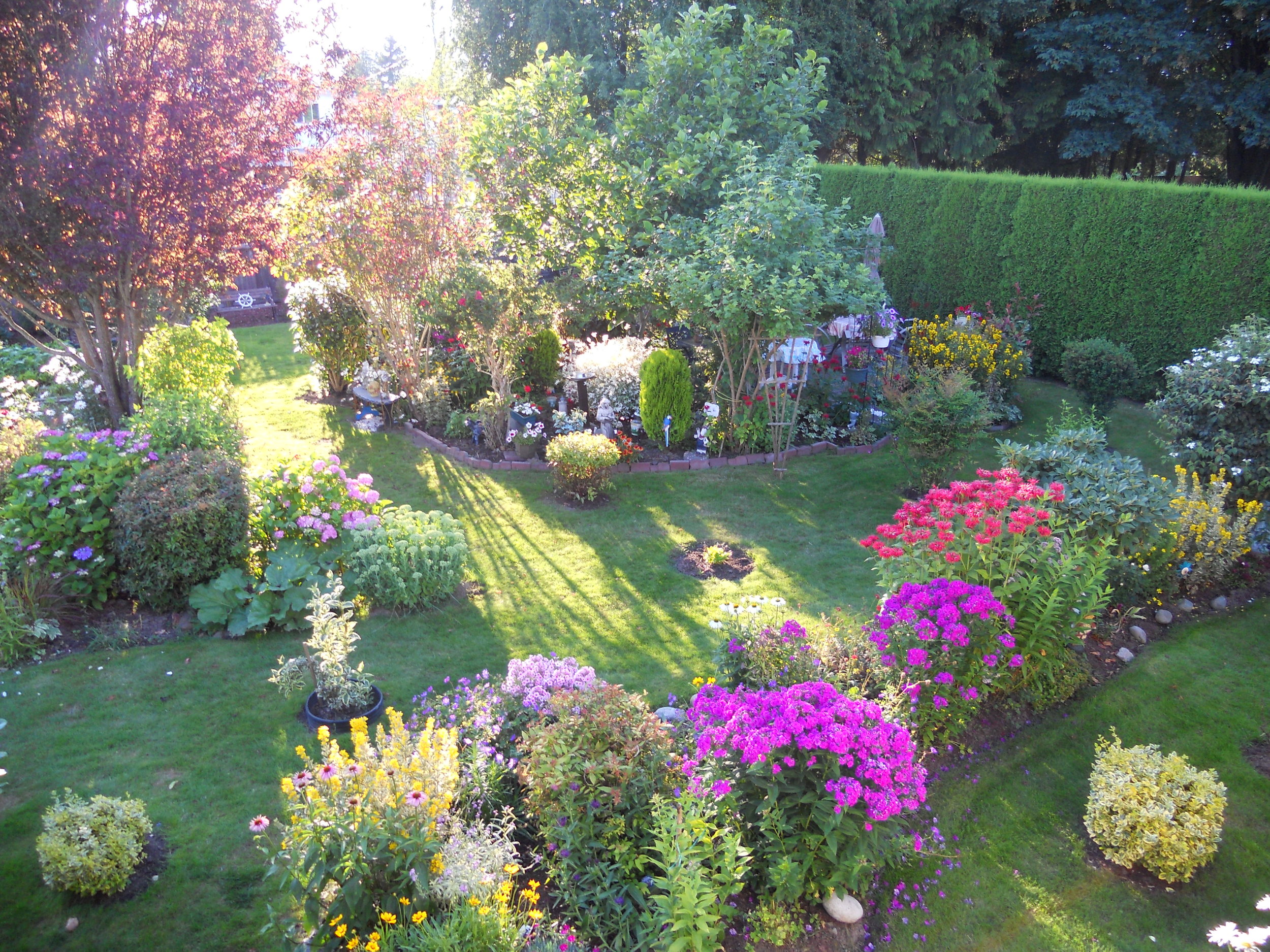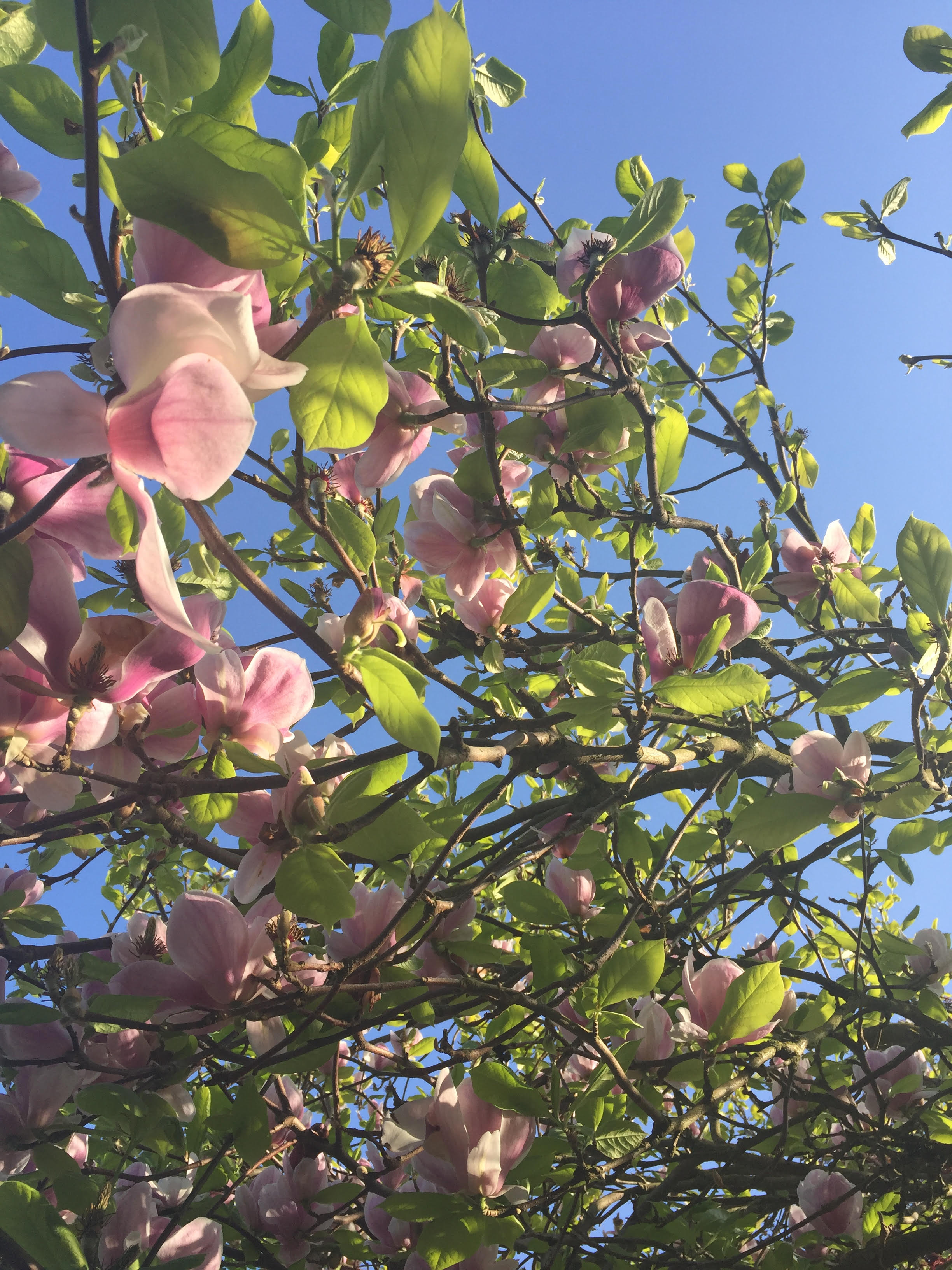I recently wrote here about my participation in an abortion forum against Dr. Malcolm Potts (above) at the University of California, Berkeley. In that post I quoted from a student who e-mailed me a question and followed that with my response. That same student replied to that message with more questions, and my reply is below, addressing the topics of the beginnings of life, anencephaly, and bodily rights:
Dear [student's name],
Great to hear your follow up reflections and questions--thank you for continuing to engage this discussion. I think it's a good one!
You wrote, "I guess I see human beings as needing a brain in order to truly live."
I'd like to propose the idea that it's not about what "I see" or "you see." It's about what is, and about us conforming to that reality. Leo Tolstoy once said that "Truth is obtained like gold, not by letting it grow bigger, but by washing off from it everything that isn’t gold.”
So when we wash away conveniences, interests, etc., and look at the science of embryology there is no denying the scientific fact that the youngest human beings amongst us do not need a brain in order to truly live. This isn't about whether one is aware of her life or enjoying her life, this is about whether one is a separate being, an organism, who is not dead.
Again, you make it about your views, not about science, when you write, "To me, this unique, 'fascinating' quality of an embryo developing with no brain to guide it effectively disqualifies it from being human." On what scientific basis? If the embryo's parents are human, wouldn't it logically follow that the embryo must be human too? If, as time goes on and the embryo grows up into a fetus, infant, toddler, and teen, all of whom are alive, then wouldn't it logically follow that the embryo they grew from couldn't have been dead, since living things come from other living things?
You write, "I suppose you and I may differ on our definitions of 'alive,' which again comes back to where in human development we choose to assign human rights." If we assign human rights based on development, then we don't believe in human rights, and that's a problem (as problematic as assigning human rights based on ethnicity). As a refresher, one of the points I made in my presentation was that women get women's rights and children get children's rights. The necessary criteria for each is not doing something, it's being something (in these cases, being women or being children). Likewise, with human rights, it's not about doing it's about being; namely, being human. That's it.
You wrote, "I can't help but think of Dr. Potts' story about the newborn he delivered that was born without a brain; he killed it because it was essentially a shell of a baby with no nervous system to grant it human capacity." If the newborn wasn't alive, why would Dr. Potts have killed her? His very act of killing her is proof that she was very much alive. So is his own language: He said, "I wanted that to die as quickly as possible." His very word choice is an admission that she wasn't dead yet. Plus, his claim that no child with anencephaly lives longer than 12 hours is simply false: this child Faith who had anencephaly lived for several months after birth. Furthermore, a child with this condition isn't brain dead--she's brain damaged, and there's a significant difference.
Now, I don't deny that most children born with anencephaly do not live long after birth; something to consider about that is this: Do those of us who will live longer have a right to kill those who will live shorter?
Your final point you asked about was this: "There is a concept called body autonomy. It's generally considered a human right. Bodily autonomy means a person has control over who or what uses their body, for what, and for how long. It's why you can’t be forced to donate blood, tissue, or organs. Even if you are dead. Even if you’d save or improve 20 lives. It’s why someone can’t touch you, have sex with you, or use your body in any way without your continuous consent. A fetus is using someone’s body parts. Therefore under bodily autonomy, it is there by permission, not by right. It needs a person's continuous consent. If they deny and withdraw their consent, the pregnant person has the right to remove them from that moment. A fetus is equal in this regard because if I need someone else’s body parts to live, they can also legally deny me their use."
Great question, and it's one I answer in my book to be released next month. Briefly, however, I will respond for you to consider the following:
Consider all you said above in light of an infant. That born child requires her caregiver's body, whether breastmilk in the case of the mother, or the hands and arms that will prepare formula and bottle-feed the baby. What if a caregiver decides they no longer wish to use their breasts, hands, or arms to meet the basic needs of an infant--that, in particular, they believe their right to bodily autonomy absolves them of further responsibility for this child? What if they cease to hold, feed, clothe, change, and shelter the child? They abandon her and she dies. Would we say the caregiver should be at fault for neglect and homicide?
From this thought experiment we can deduce this principle: parents have a responsibility to their offspring they don't have to strangers, and that responsibility involves meeting a child's basic needs of food, clothing, and shelter--and meeting those needs involves the parents using their bodies in some way.
Moreover, if you read this reflection I wrote for my previous ministry, I point out that the uterus is unlike someone's blood, tissue, or other organs, in that while my blood and body parts exist in my body for my body, my uterus is unique from the others in that it exists in my body, but more for someone else's body. Proof of that is that my uterus, every month, is getting ready for the body of my offspring. I can exist without my uterus, but my offspring cannot. Therefore, a child can claim a right to be housed in the uterus the way an infant can claim a right to be nurtured: Just as an infant needs to be bottle or breast fed, and the caregiver has a moral duty to use her body to meet the child's needs (but does not have a moral duty to do so if the child is an independent adult), so too, just as an embryo or fetus needs to be fed by the umbilical cord, the mom has a moral duty to use her body to meet the child's needs.
I hope you find this helpful insight!
All the best,
Stephanie
















